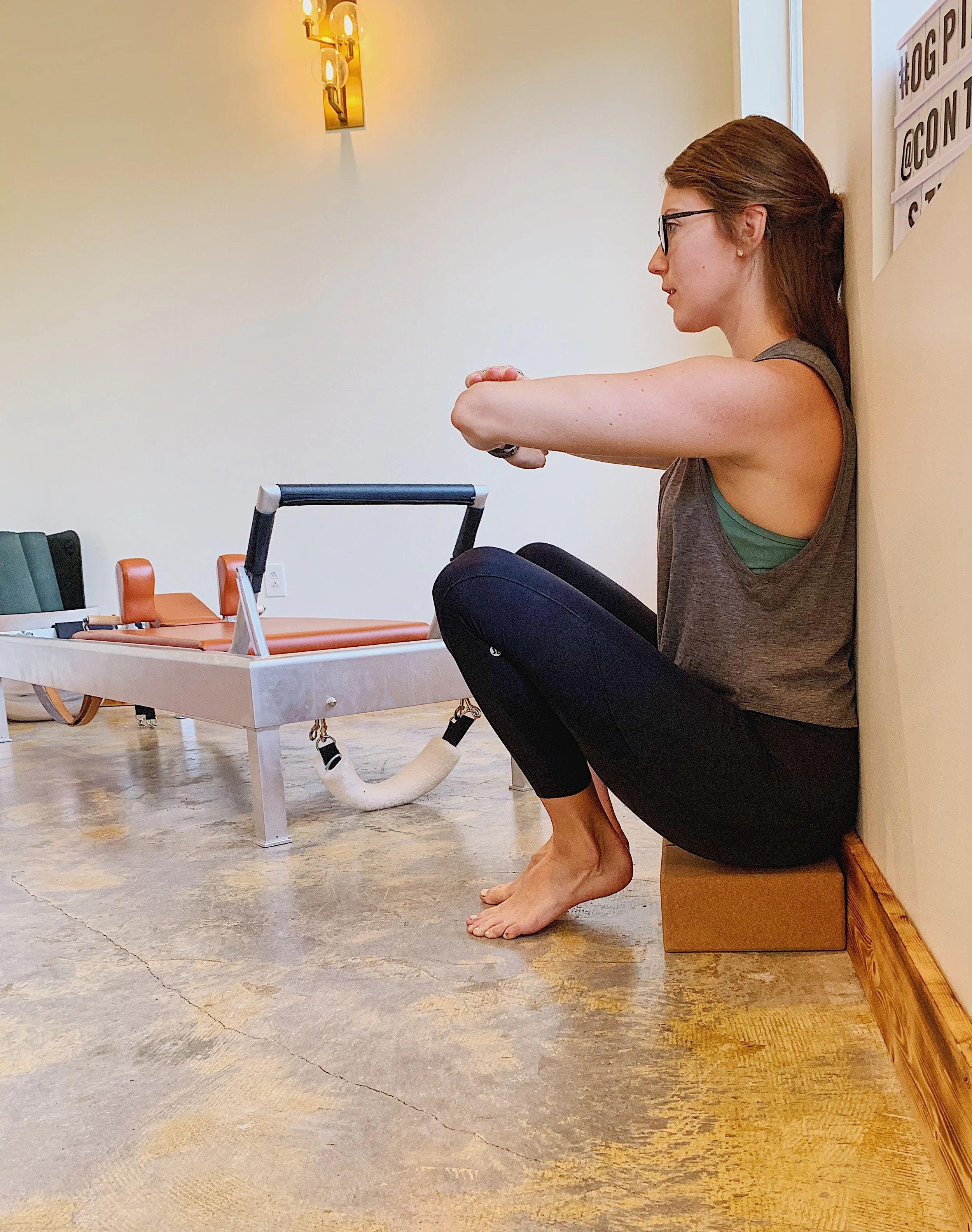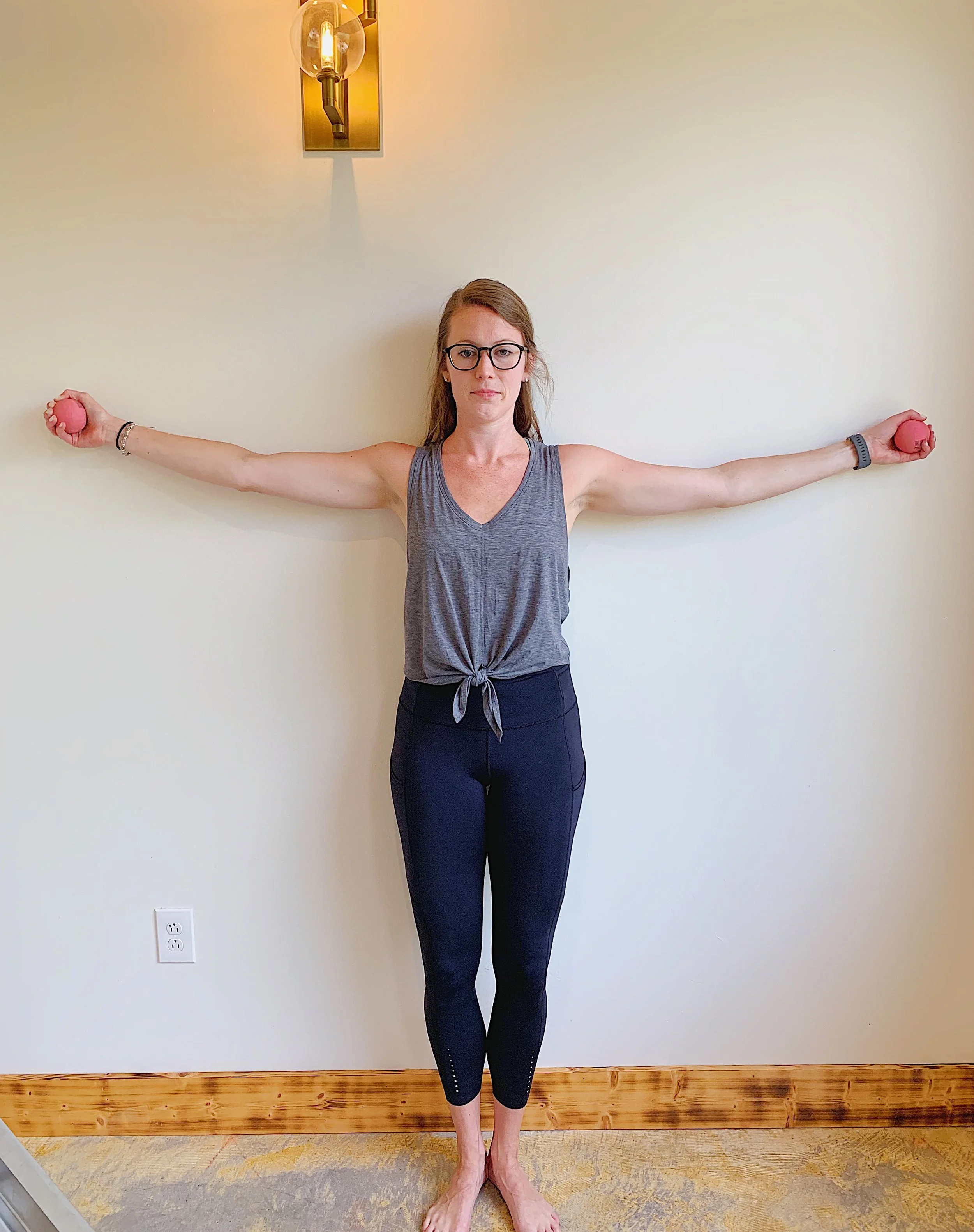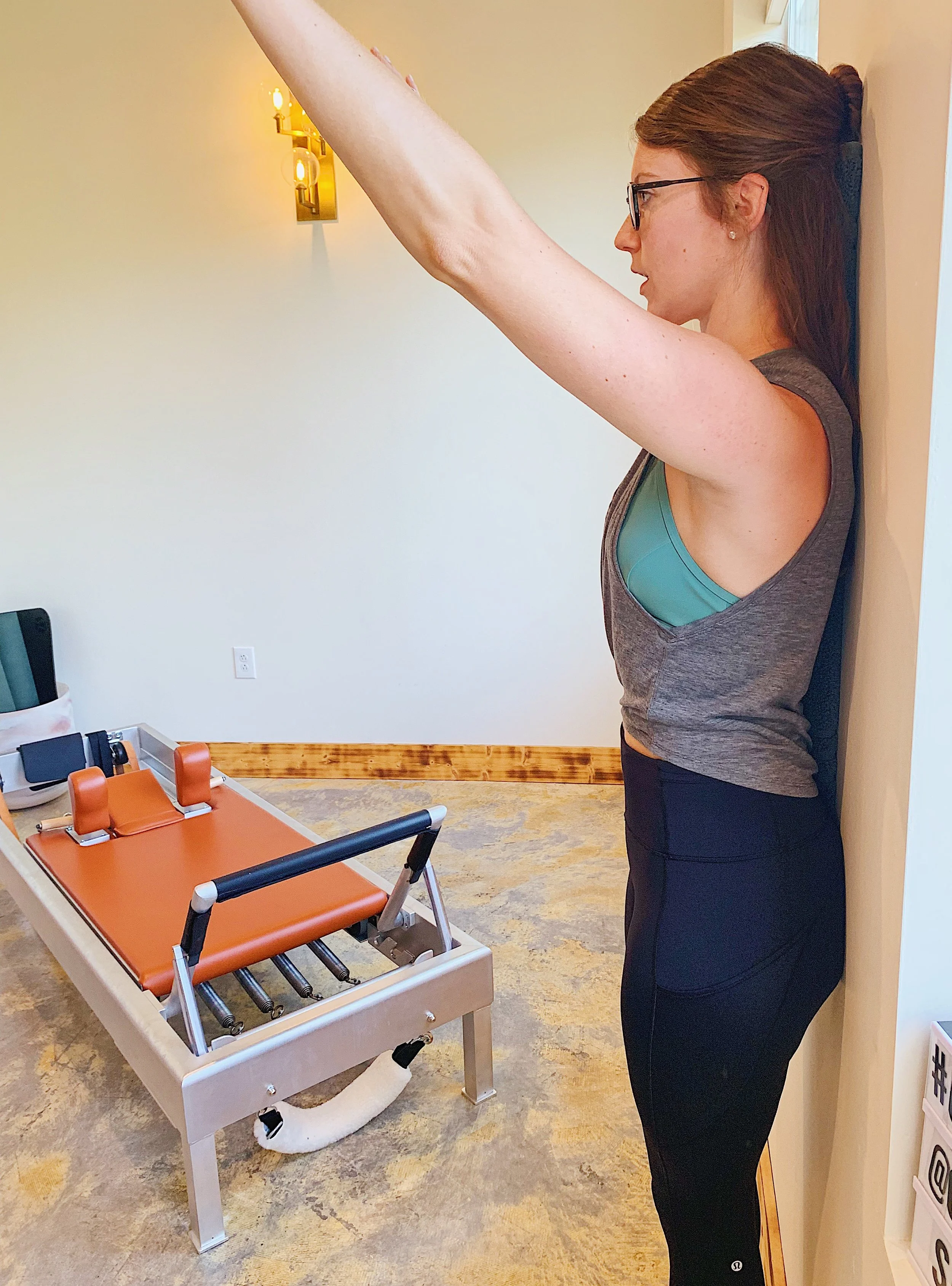OGPilates AT-Home: The Roll Over
OG Pilates At Home
Luxury Studio Fitness For Real Life Integration
How To Strengthen Your Roll Over
Last month’s blog was an interview with COO of The Houston Symphony, Vicky Dominguez who uses Pilates to balance the stress placed on her joints from consistent formal wear and heels walking long hours and sitting at desks in meetings. The Roll Over is difficult for her. This month’s blog will discuss some of the reasons why it is hard for her and others. We also want to highlight why this exercise benefits your body in REAL LIFE. Sitting at a desk locks your shoulders and hip joints in a position where they are stuck midway between full range of motion. If you can effectively execute a Roll Over, you are strengthening and mobilizing the muscles that support those joints! If those muscles are equally strong and mobile you won’t feel as much stiffness, exhaustion and physical rigidity when sitting, because your body is trained by this exercise to support a seated desk posture in a balanced way.
The Roll Over takes you from laying down, hips and shoulders open, to folding in half upside down, allowing you to mobilize the spine and strengthen muscles as you control your body weight back to earth against gravity. This balanced range of motion for spine, pelvis and shoulders is what we are after in the Pilates Workout System. Layering skills to make your body as equally strong as it is mobile for stability and control as you walk, run, work and play through life!
Check out a few of the many things you can do at home to strengthen your Roll Over!
Pumping on High Chair Translated to Floor
High Chair Pumping On The Wall
Set Up: Sit on block with entire spine head to tail pressed into wall. Arms Genie Stacked shoulders connect to wall. Legs bent, knees no wider than armpits, feet in narrow Pilates V.
Action: Squeeze and lift heels 3 slow counts off the floor. Ensure knees stay in line with armpits, no wider! Ensure entire spine specifically the head and pelvis stay on wall. Lower heels back to floor for 3 slow counts with the same concentration to details above.
Difficulties this addresses: This helps balance the muscle recruitment anterior and posterior. Getting the pelvis into an active neutral position by keeping it vertical against the wall while you lift and lower heels. Ensuring the knees stay within the body’s frame helps you keep the powerhouse in charge, hugging center instead of losing power by letting legs fall outside frame which we do when using momentum instead of control swinging legs overhead for the Roll Over. When everything pulls in and moves from center you are stronger and more effective in movements these exercises are the building blocks to achieving that connection. This is a powerhouse and pelvic stability exercise. A stiff lower back or locked tight pelvis that’s not mobile enough to get up over head happens as a result of some muscles being weaker than others. That’s why the wall for support and feedback and the precision of heels staying connected as they lift and lower is so important. It ensures you are working equally front and back muscles that support the pelvis.
2. T Press Standing On The Wall
Set Up: Hold balls in hands or make fists with arms in a “T” back and heels against wall. Stand in Pilates V, 6-12 inches from wall. Ensure the entire back of your hands are on wall.
T Press On Wall
Action: Lift straight arms up to point of control. IE -- Where you can maintain straight arms and the same amount of hand on the wall AND spine on wall. Now lower arms. Repeat increasing range of motion and striving to keep head to heel connection strong and long stretching from a strong center with deep breaths.
Difficulties this addresses: This exercise on the Reformer helps with the Roll Over by strengthening breadth and width of support in your shoulder girdle; but it is easy to incorrectly. The wall provides feedback, where as when you lay prone on a box for T-Press it’s easy to let an area of the spine work harder and carry more tension while another areas crumple and fail to work as hard. Legs can also droop and lose their two-way stretch. Against the wall you have feedback so it’s easier to avoid these pitfalls. Also the wrists! The main bad boy of the Roll Over is the wrists and shoulders often fall out of effective alignment during this exercise peaking off the floor. On the Reformer they often fail to maintain their orientation facing the floor as well. This usually happens because of a strength and or mobility deficiency in the shoulder girdle. So focus on the wrists they are a great clue to you as to what is happening in your shoulder girdle.
3. Baby Barrel Arm Circles With a Towel On The Wall
Set Up: Roll up at towel long ways so it will span the length of mid skull, to base of scapula. Now put the towel there, along your spine, and press it against the wall. Keep the head and back pressing the towel in to the wall. Feet should be 6 inches to 1 foot away from the wall depending on flexibility of shoulder girdle. Make fists with hands or hold weights 2-3 lbs. Ensure powerhouse is supporting a long spine.
Arm Circles With Towel On Wall
Action: Raise arms up towards ears, to “your point of control” (where pressure doesn’t diminish at any place along the body to towel connection.) Circle arms out, down, then back up and around in 5 circles before switching directions and taking 5 or circles the other way. Breath is integral here. BREATHE. Inhale long smooth breaths. Exhale every atom of air from lungs to work the respiratory muscles. (BTW Google those . . .) There is no way you are flipping your legs and spine upside down with control if you don’t have a handle on your breath. Keep chest and back broad. More breadth and strength = broader support for legs and torso support once upside down.
Difficulties this addresses: You’re building off the skills from the previous two exercises working on active neutral pelvis, working the feet to seat connection with long legs, and shoulder mobility, stability and control. Beyond working range of motion of shoulders without disturbing the shape and stability of the spine, shoulder girdle and pelvis you have to work breath for this to get you to the next level of your Roll Over journey. This is a powerhouse, mobility and breath exercise. Seriously though, go look up the muscles of respiration . . .




